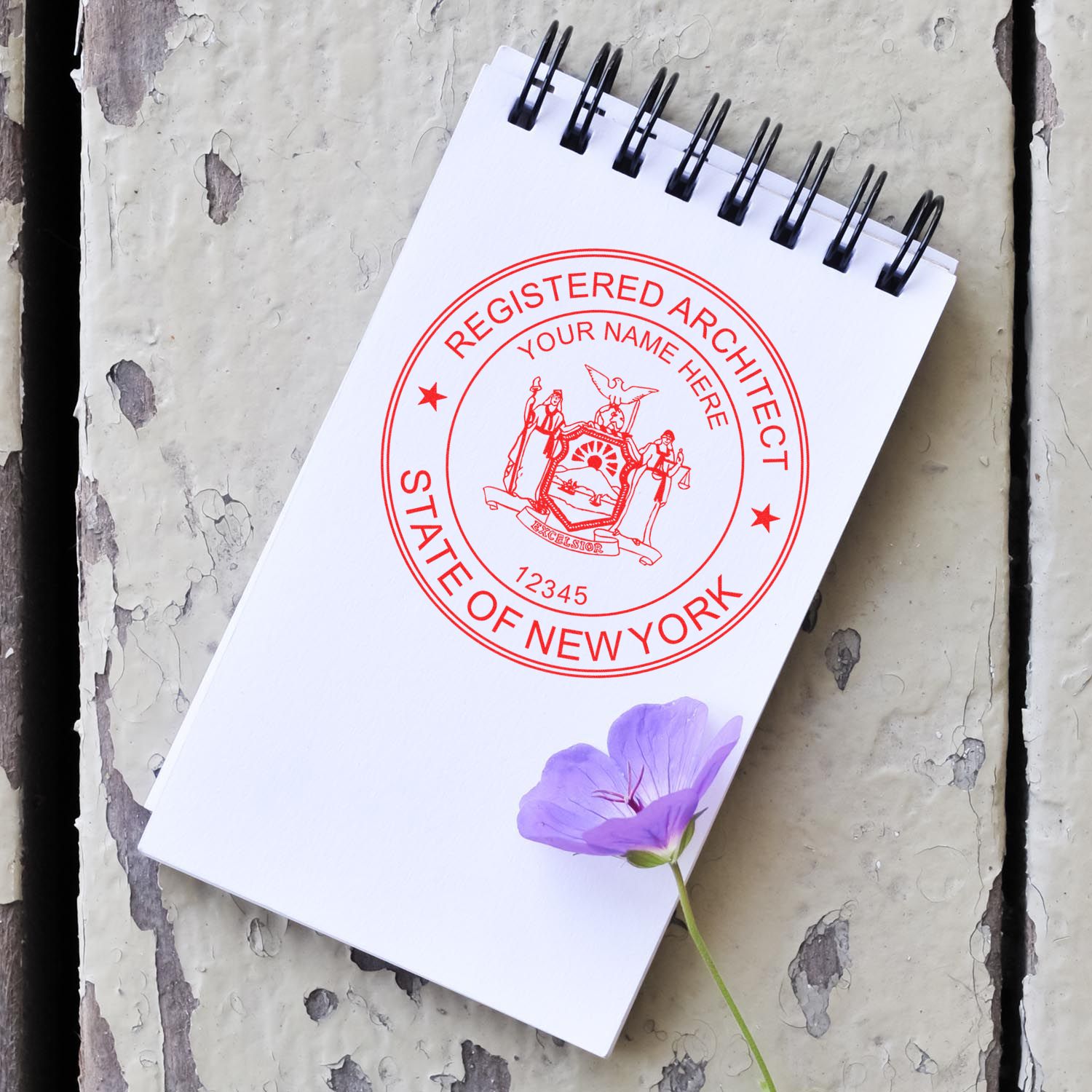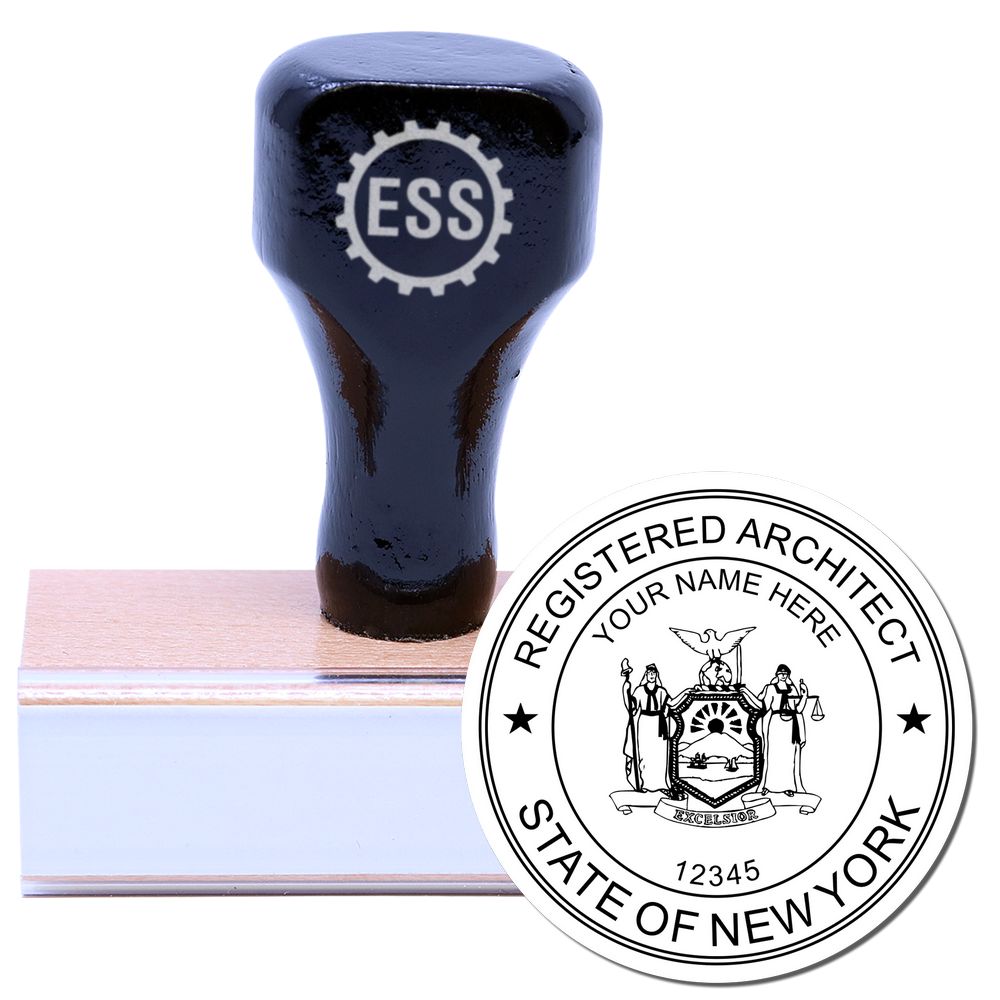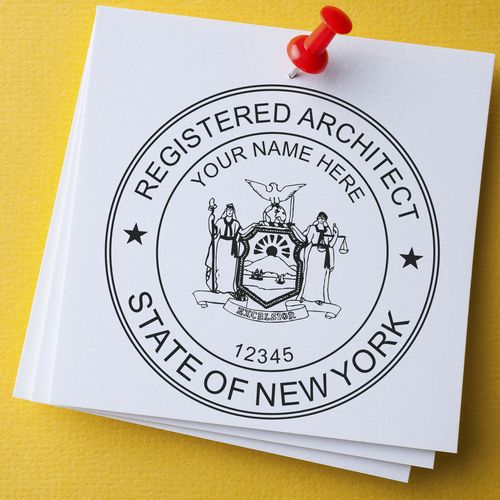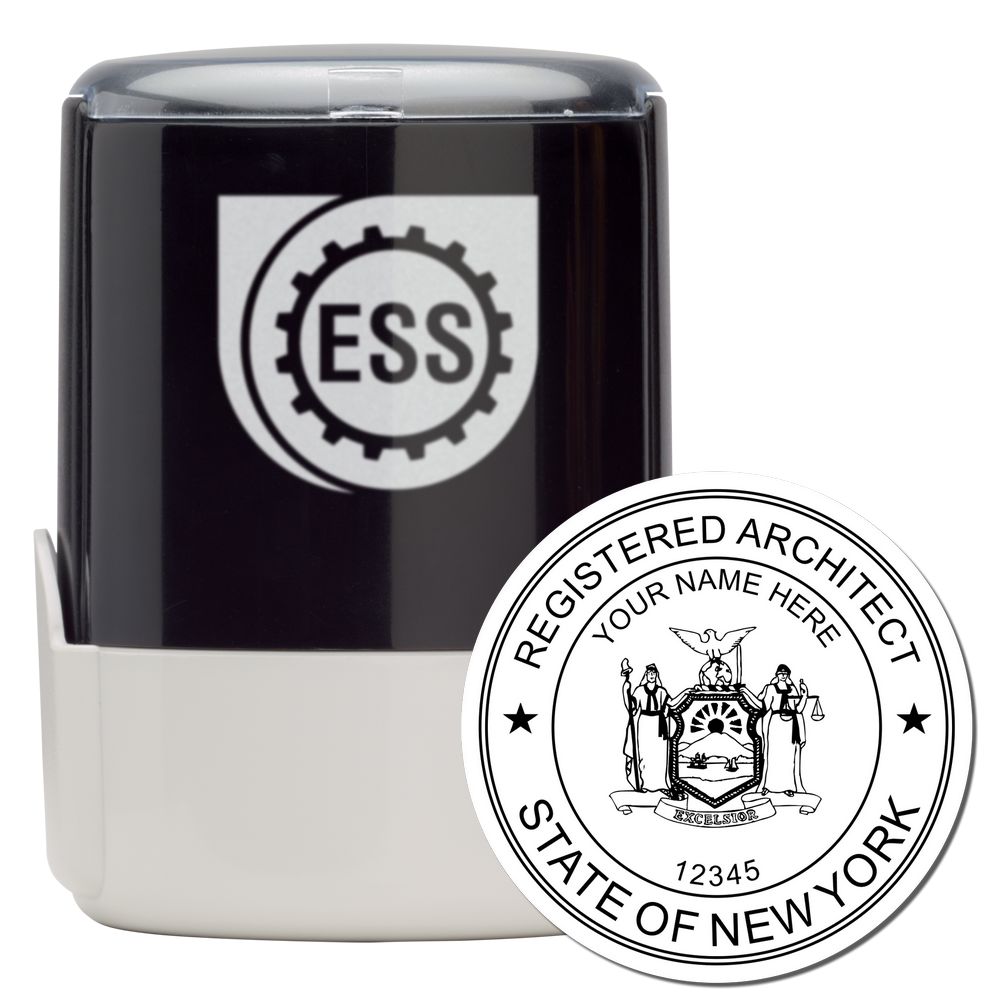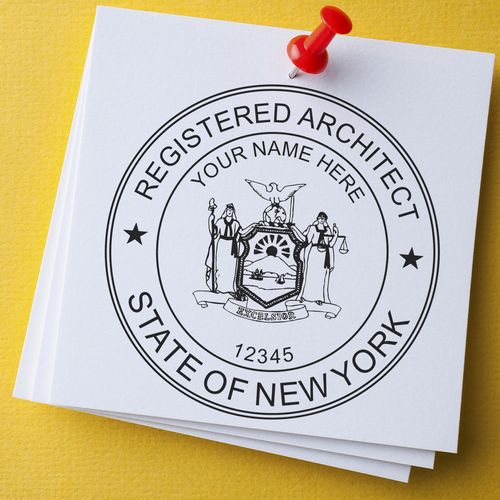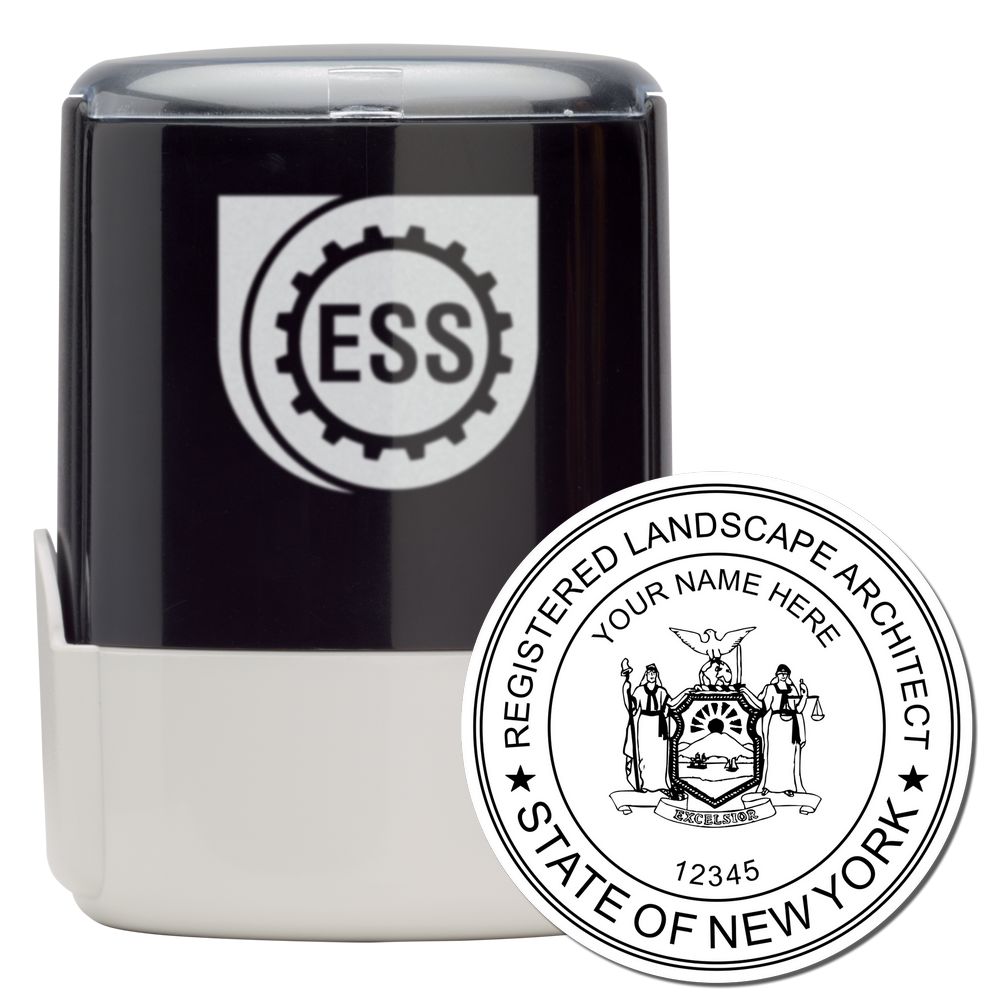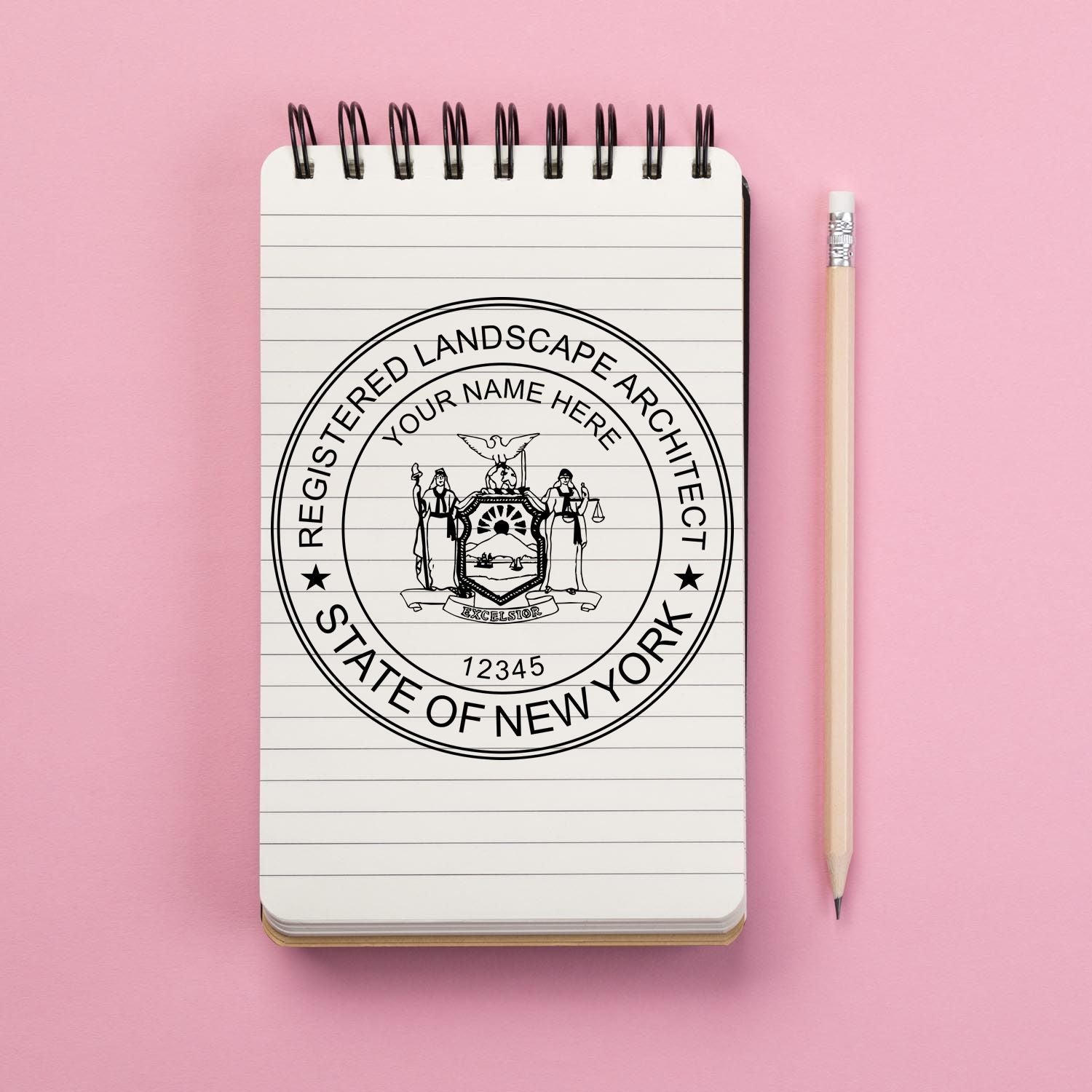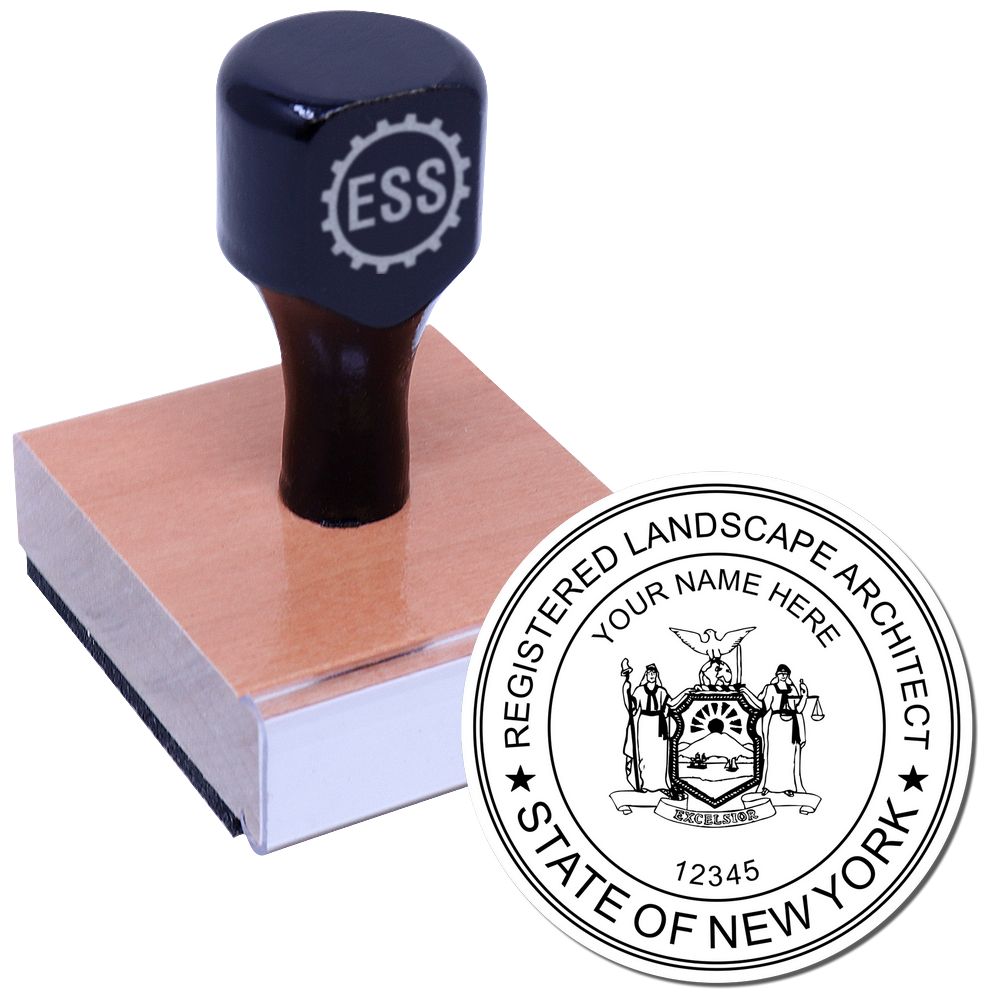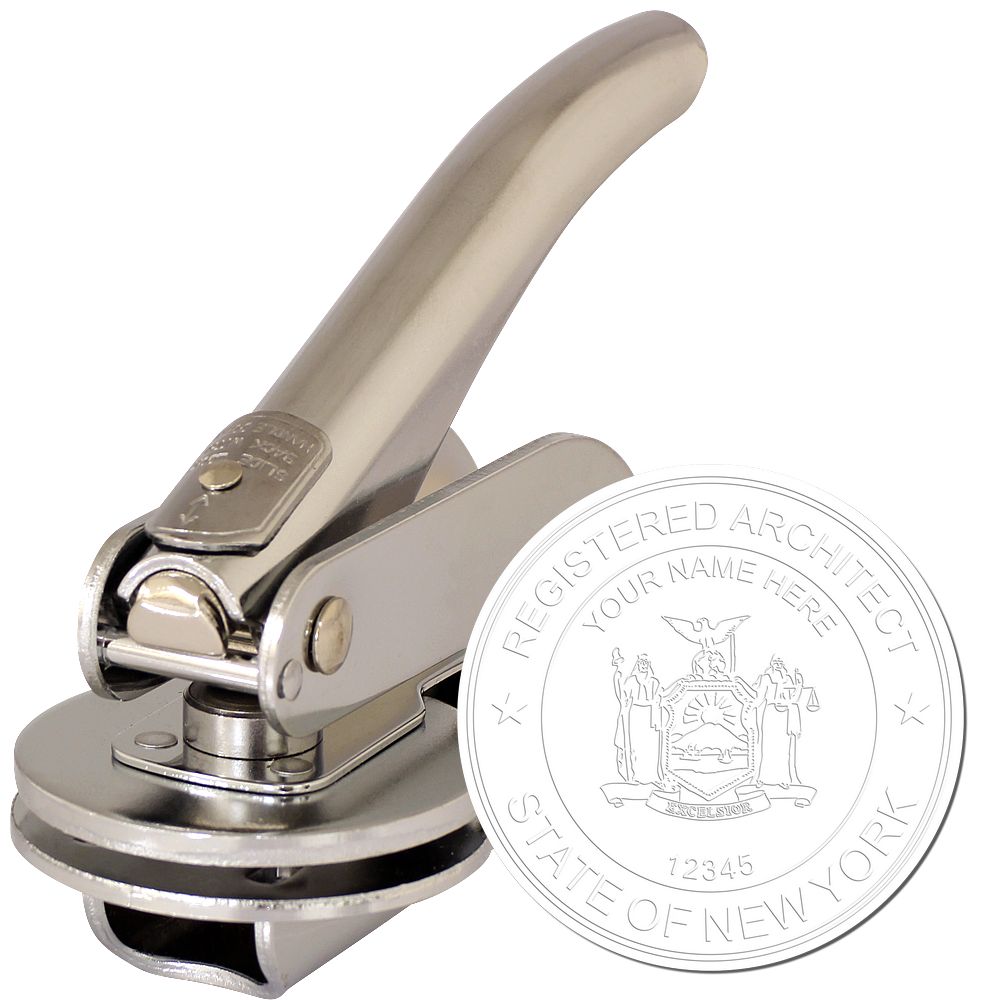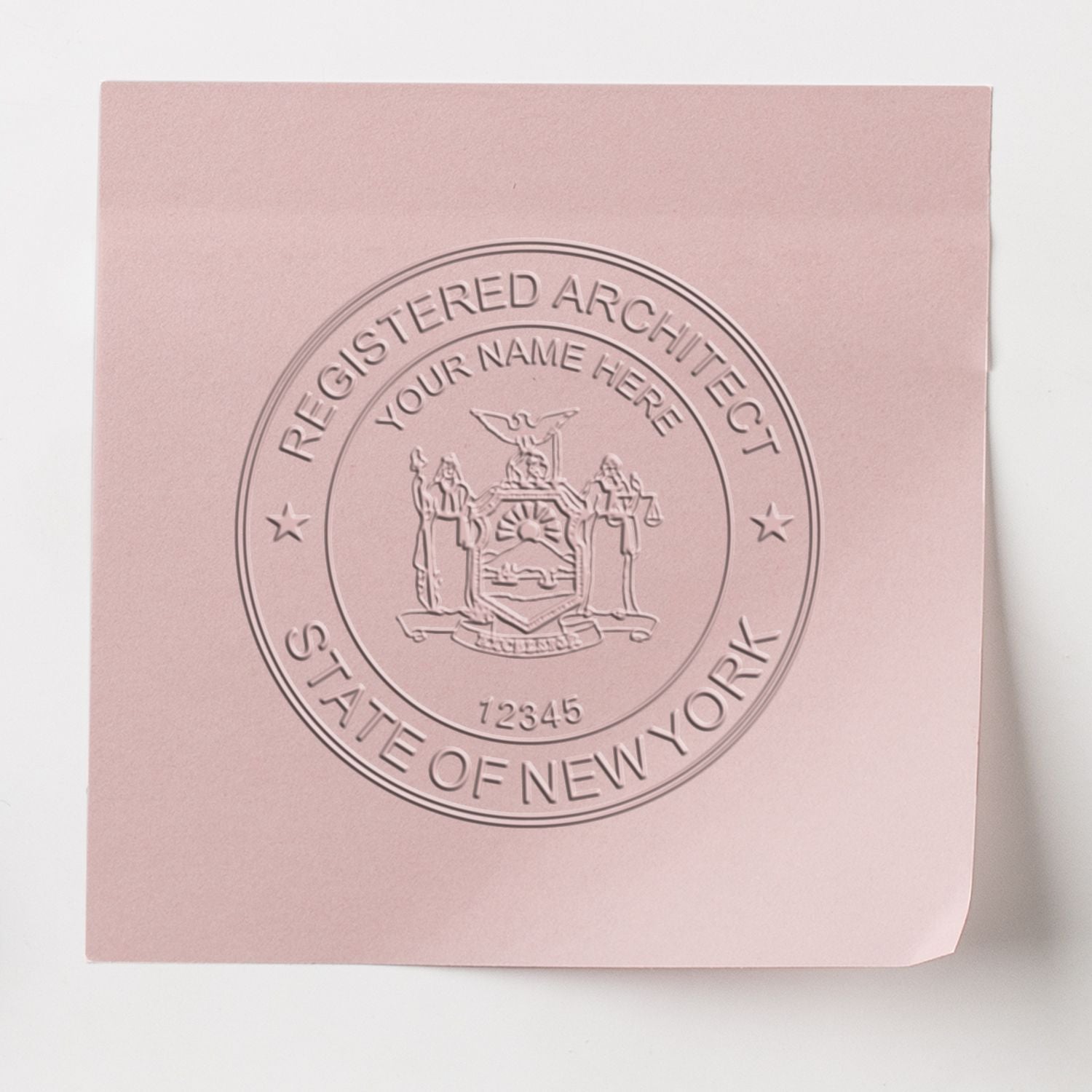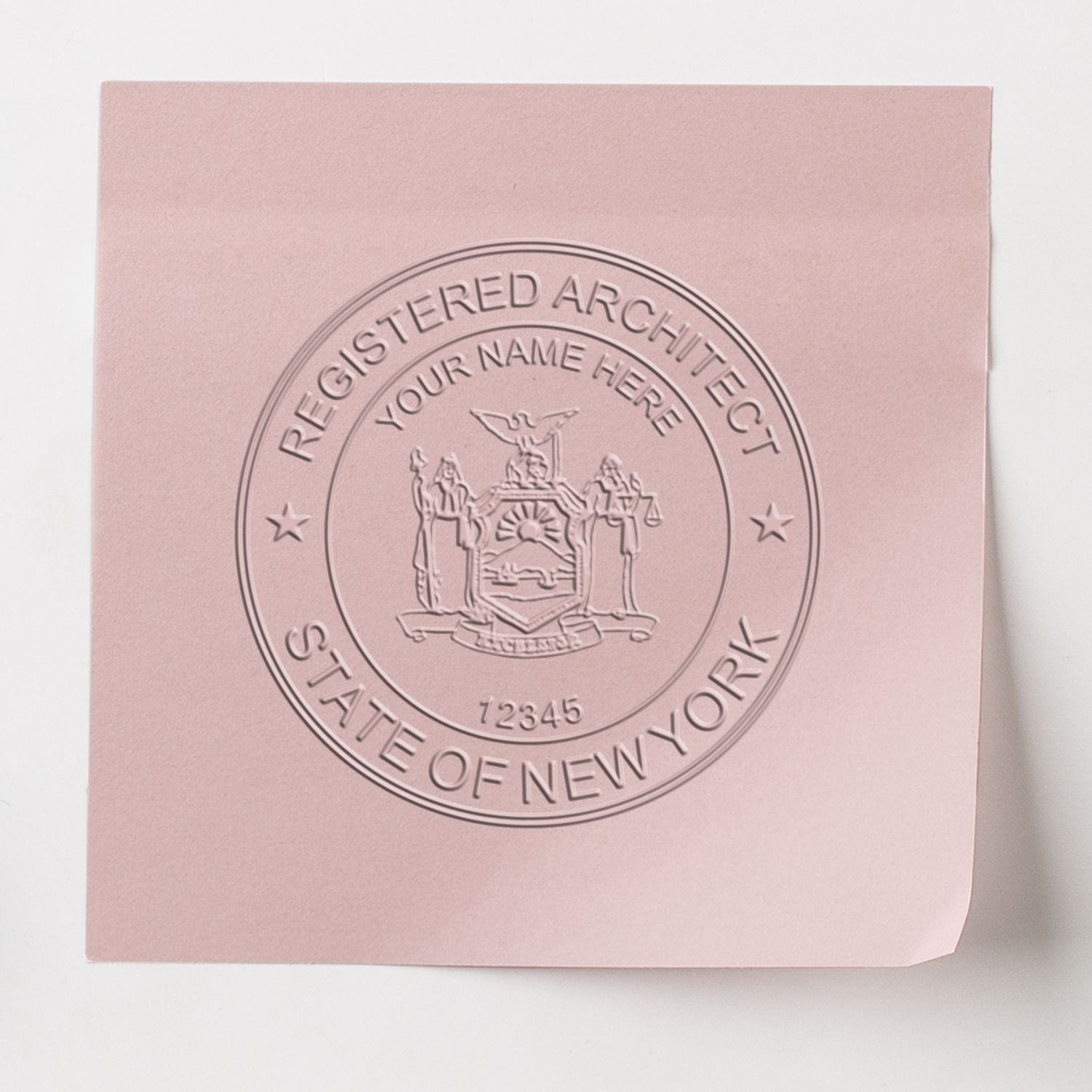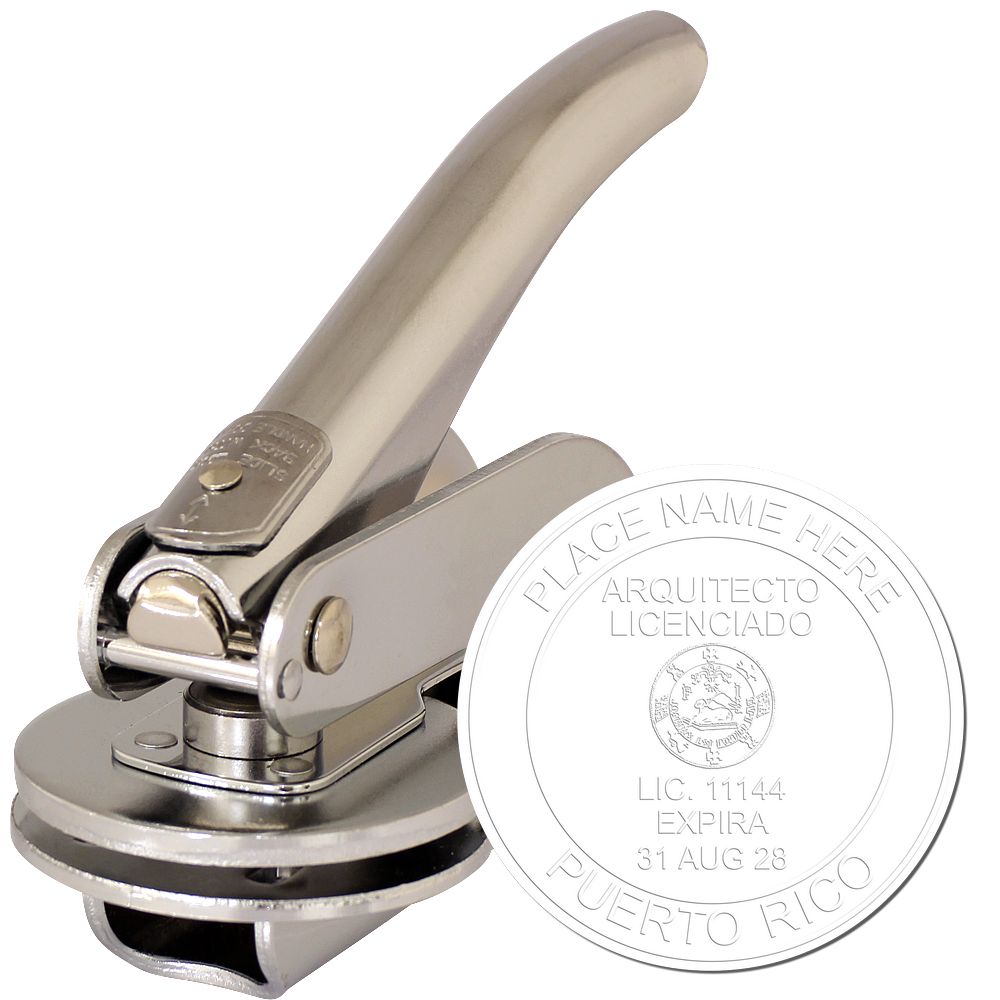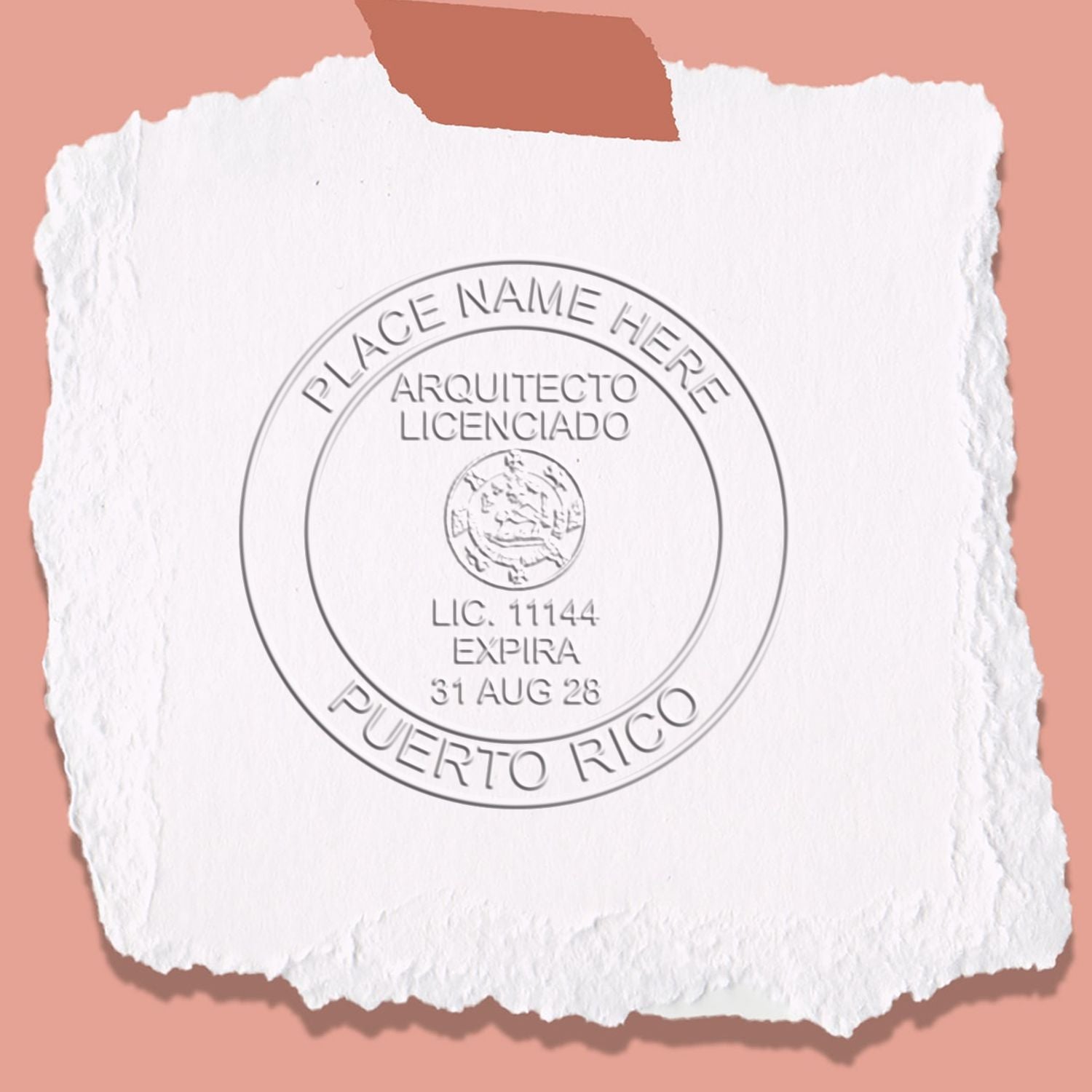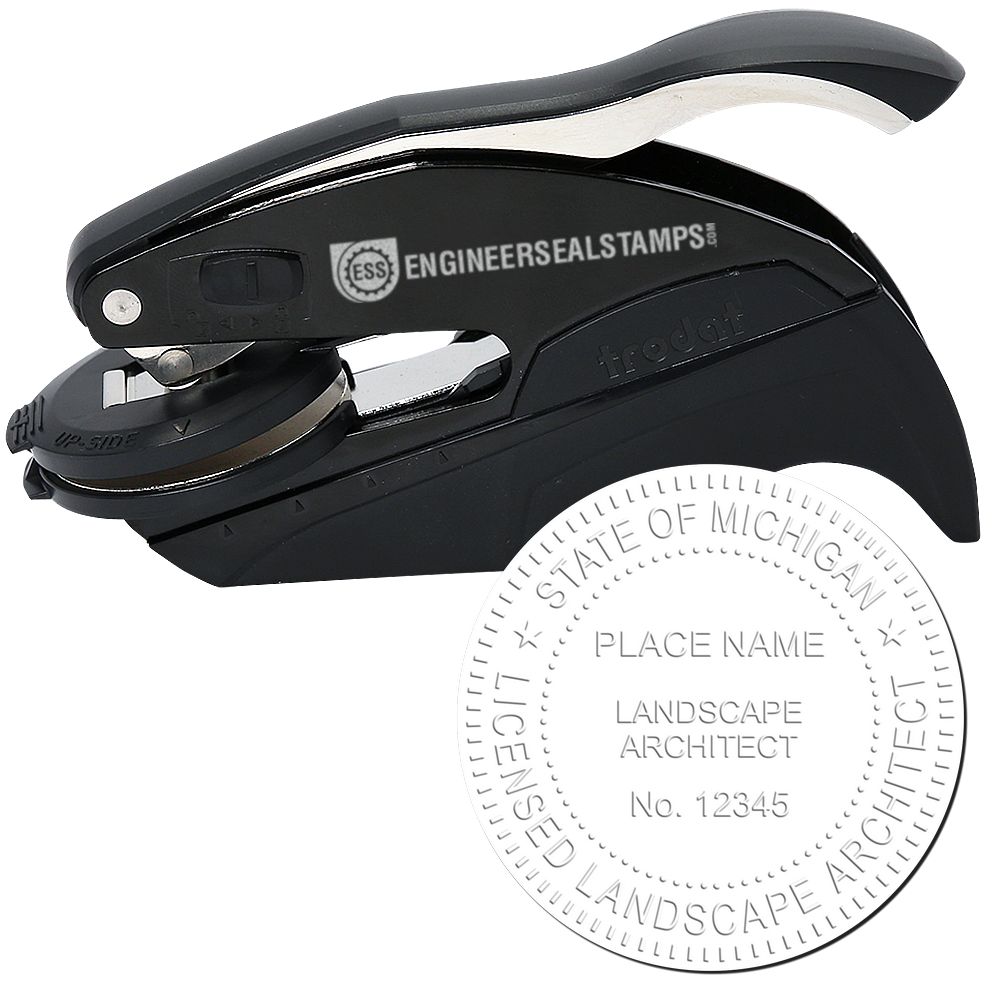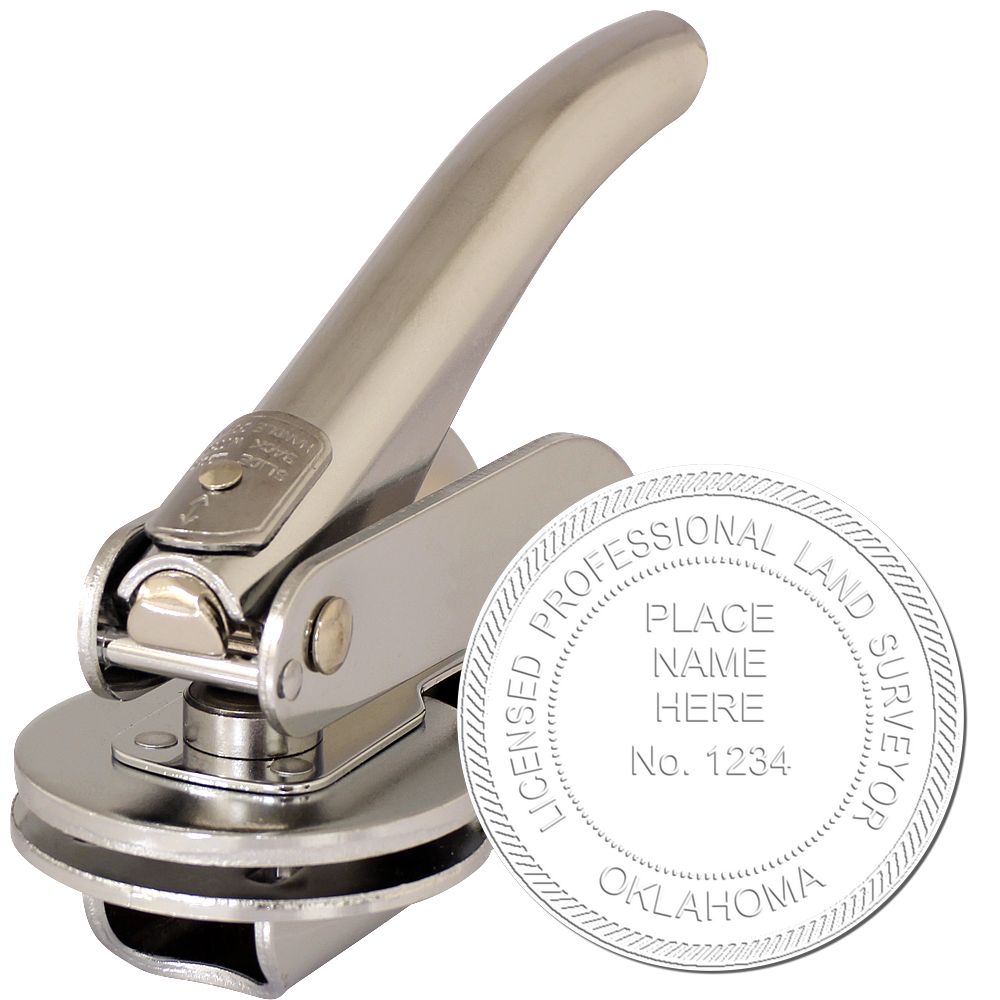Understanding New York Architect Stamps
Architect stamps play a crucial role in the field of architecture, providing a level of assurance and credibility to architectural documents. In the state of New York, architect stamps are subject to specific laws and regulations. To navigate these laws successfully, it's important to understand the importance of architect stamps and have an overview of the relevant New York architect stamp laws.
The Importance of Architect Stamps
Architect stamps, also known as architect seals, serve as a professional signature and certification that an architectural document has been created or reviewed by a licensed architect. They provide assurance to clients, building officials, and other stakeholders that the document meets the necessary standards and has been prepared by a qualified professional.
Architect stamps signify that an architect has accepted professional responsibility for the content and accuracy of the document. This responsibility includes compliance with building codes, regulations, and industry standards. By affixing their stamp, architects affirm that they have exercised due diligence and adhered to their ethical obligations.
Overview of New York Architect Stamp Laws
In the state of New York, architect stamp laws are governed by the New York State Education Law and the regulations of the New York State Board of Architecture. These laws outline the requirements for professional licensing, the types of architect stamps accepted, design specifications, placement guidelines, and the legal authority of architect stamps.
To practice as a licensed architect in New York, individuals must meet the professional licensing requirements established by the New York State Education Department (NYSED). These requirements include completing an accredited architecture degree, gaining professional experience, and passing the Architect Registration Examination (ARE). Once licensed, architects are eligible to obtain and use architect stamps.
New York accepts architect stamps that meet the design specifications outlined by the NYSED. These specifications include the use of the architect's name, license number, and the words "Registered Architect" or "Architect." The size and format of the stamp must also adhere to specific guidelines to ensure legibility and visibility on architectural documents.
Placement guidelines dictate the proper location of architect stamps on documents. Typically, architect stamps are placed on the cover sheet and each subsequent sheet of the document, allowing for easy identification and verification of the architect's involvement.
It's important to note that unauthorized use or misuse of architect stamps can have serious legal consequences. In New York, individuals who are not licensed architects or who misuse architect stamps may face disciplinary actions, fines, and potential civil liability.
By understanding the importance of architect stamps and having an overview of the New York architect stamp laws, architects can ensure compliance with the regulations and maintain their professional integrity. To learn more about New York architect stamps and where to purchase them, you can refer to our article on new york architect stamps.
New York Architect Stamp Requirements
To practice architecture in New York, architects must adhere to certain requirements, including obtaining the necessary professional license and using approved architect stamps. Let's explore the professional licensing requirements and the types of architect stamps accepted in New York.
Professional Licensing Requirements
Architects in New York must be licensed by the New York State Education Department (NYSED). To obtain a license, architects must meet the following requirements:
- Education: Completion of a professional degree in architecture from an accredited program.
- Experience: Accumulation of relevant work experience, typically through an internship or apprenticeship program.
- Examination: Successful completion of the Architect Registration Examination (ARE), which assesses an architect's knowledge and skills in various areas of practice.
Once these requirements are met, architects can apply for licensure with the NYSED and, upon approval, become a Registered Architect (RA) in the state of New York. It is important to note that only licensed architects are eligible to use architect stamps on their documents.
Types of Architect Stamps Accepted in New York
In New York, architects may utilize two types of architect stamps: the architect seal and the architect stamp. These stamps serve as official indicators of an architect's approval, certification, or authentication of a document or drawing. The specific requirements for architect stamps in New York are outlined by the NYSED.
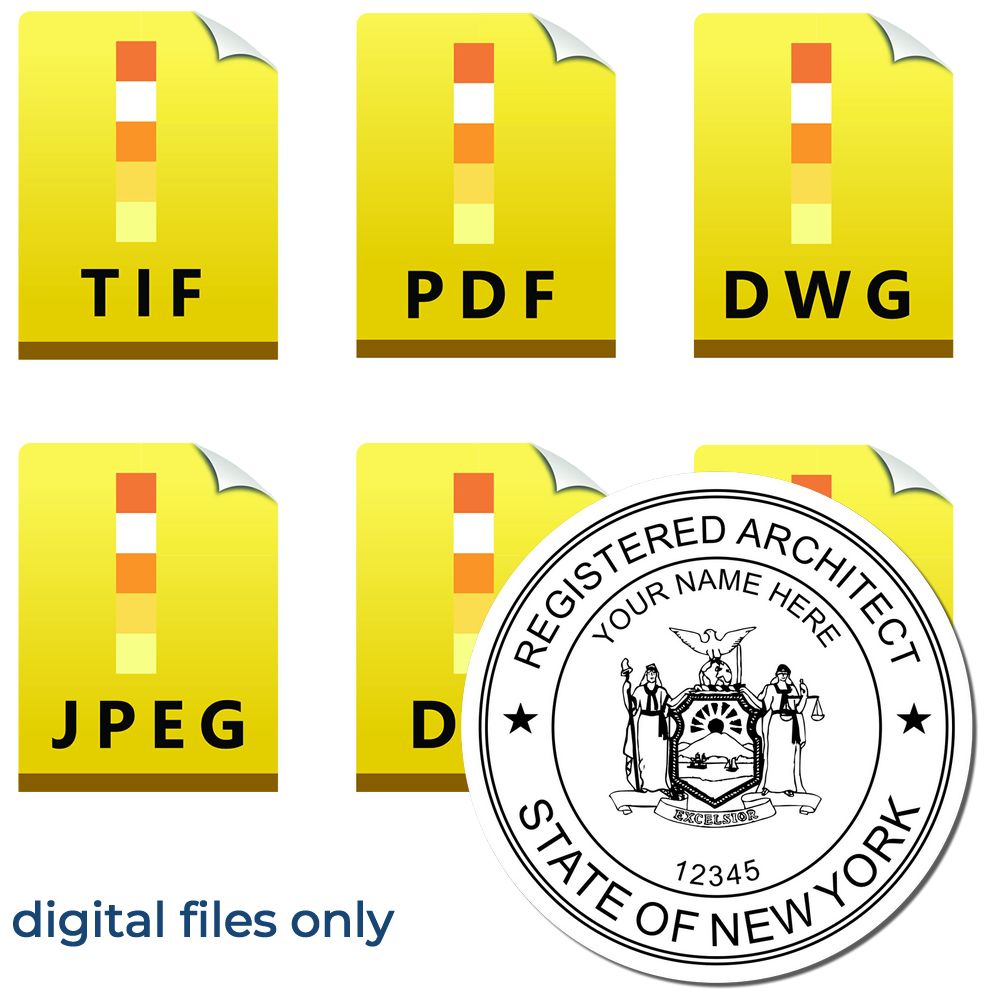

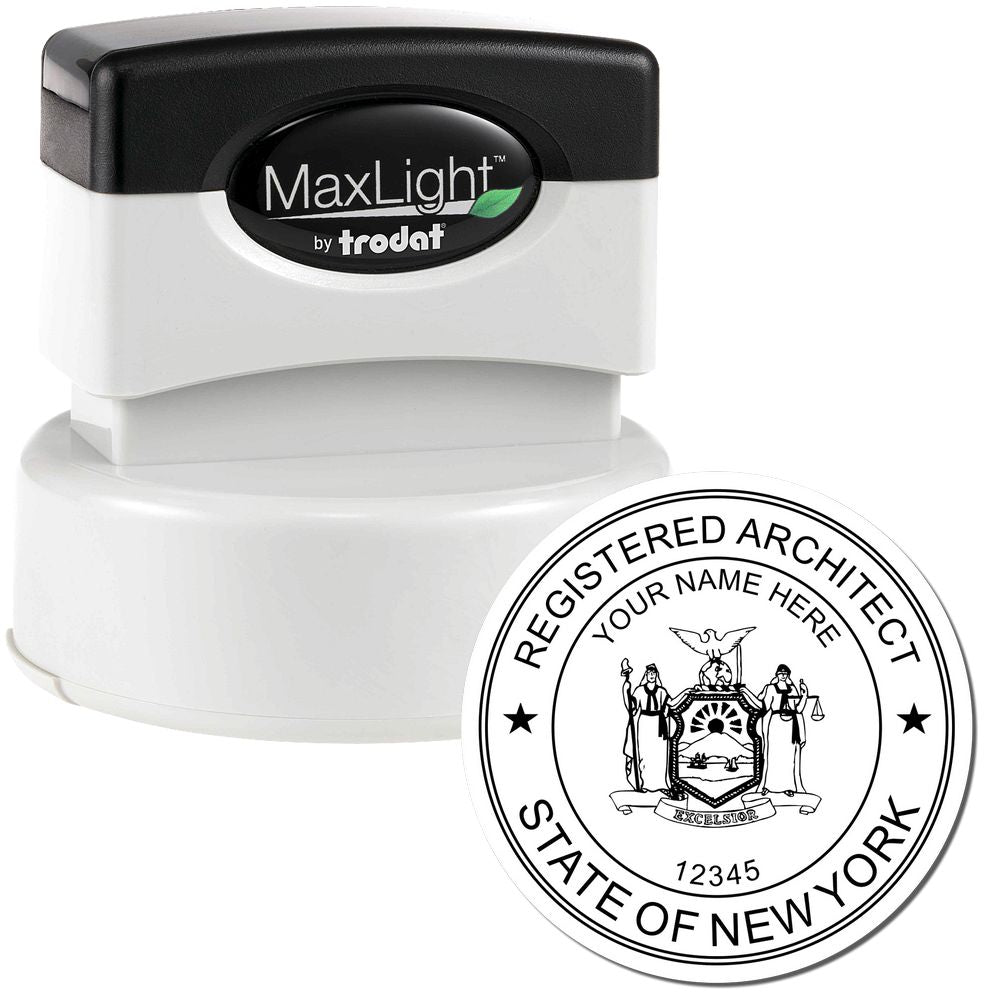
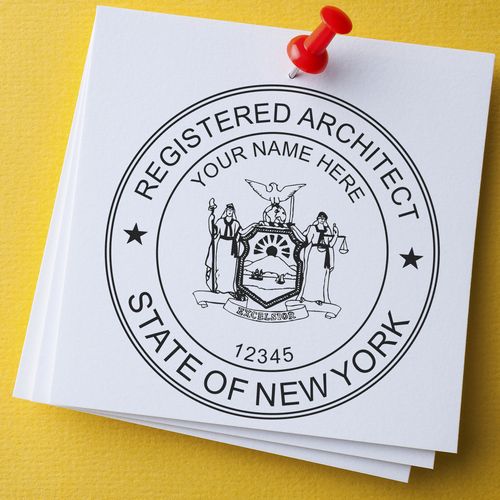
Typically, architect stamps must include the following information:
- Architect's name and license number
- The words "Registered Architect" or "Architect"
- The words "New York" or "NY"
Architects in New York have the option to choose between traditional rubber stamps and self-inking stamps for their architect seals. It is essential to ensure that the chosen stamp meets the NYSED's guidelines to ensure compliance with New York architect stamp laws.
To learn more about obtaining a New York architect stamp or seal, you can visit our article on ny architect seal. Understanding the professional licensing requirements and the types of architect stamps accepted in New York is crucial for architects looking to practice and ensure the legality of their architectural documents.
Design and Placement Guidelines
When it comes to New York architect stamps, there are specific design and placement guidelines that architects need to follow to ensure compliance with the state's regulations. These guidelines are in place to maintain consistency, professionalism, and the integrity of architectural documents.
Design Specifications for New York Architect Stamps
New York architect stamps must meet certain design specifications to be considered valid and acceptable. The design of the stamp should include the following information:
- Architect's Name: The full legal name of the architect should be clearly printed on the stamp.
- Architect's License Number: The architect's license number, as issued by the New York State Education Department, should be included on the stamp.
- Seal or Emblem: The stamp should incorporate a seal or emblem that represents the architect's professional status.
- "Registered Architect" or "Licensed Architect": The words "Registered Architect" or "Licensed Architect" should be prominently displayed on the stamp to indicate the architect's credentials.
It's important to note that the design specifications may vary slightly depending on the specific requirements set forth by the New York State Education Department. Architects should consult the department's guidelines or seek guidance from professional organizations to ensure their stamp design complies with the regulations.
Placement Guidelines for Architect Stamps on Documents
In addition to the design specifications, architects must adhere to specific placement guidelines when affixing their stamps to architectural documents. The purpose of these guidelines is to ensure the stamp is easily visible and clearly associated with the architect's work.
The preferred placement of the architect stamp is typically in the lower right-hand corner of the document or drawing. This placement allows for easy identification of the architect responsible for the design and ensures that the stamp does not interfere with the legibility of other important information on the document.
Architects should avoid placing their stamp in a manner that obstructs any critical details or drawings. It's essential to strike a balance between visibility and maintaining the integrity of the architectural document.
By following the design and placement guidelines, architects can satisfy the requirements set forth by the New York architect stamp laws. It's important to note that non-compliance with these guidelines may lead to the rejection of documents or potential legal repercussions. To learn more about New York architect stamp laws and the process of obtaining a New York architect stamp, visit our article on new york architect stamps.
Legal Considerations
When it comes to New York architect stamps, it's important to understand the legal considerations surrounding their use. These considerations include the legal authority of architect stamps in New York and the potential consequences of unauthorized use or misuse of these stamps.
Legal Authority of Architect Stamps in New York
Architect stamps hold significant legal authority in New York. They serve as a professional certification and verification that architectural plans, drawings, or documents have been prepared or reviewed by a licensed architect. The stamp indicates that the architect takes responsibility for the work and that it complies with all applicable laws, codes, and regulations.
In New York, architect stamps are required for certain types of projects, particularly those involving public safety and welfare. These may include commercial buildings, public infrastructure, and residential projects of a certain scale. The specific requirements for architect stamp usage can vary depending on the nature of the project and the local building authorities involved.
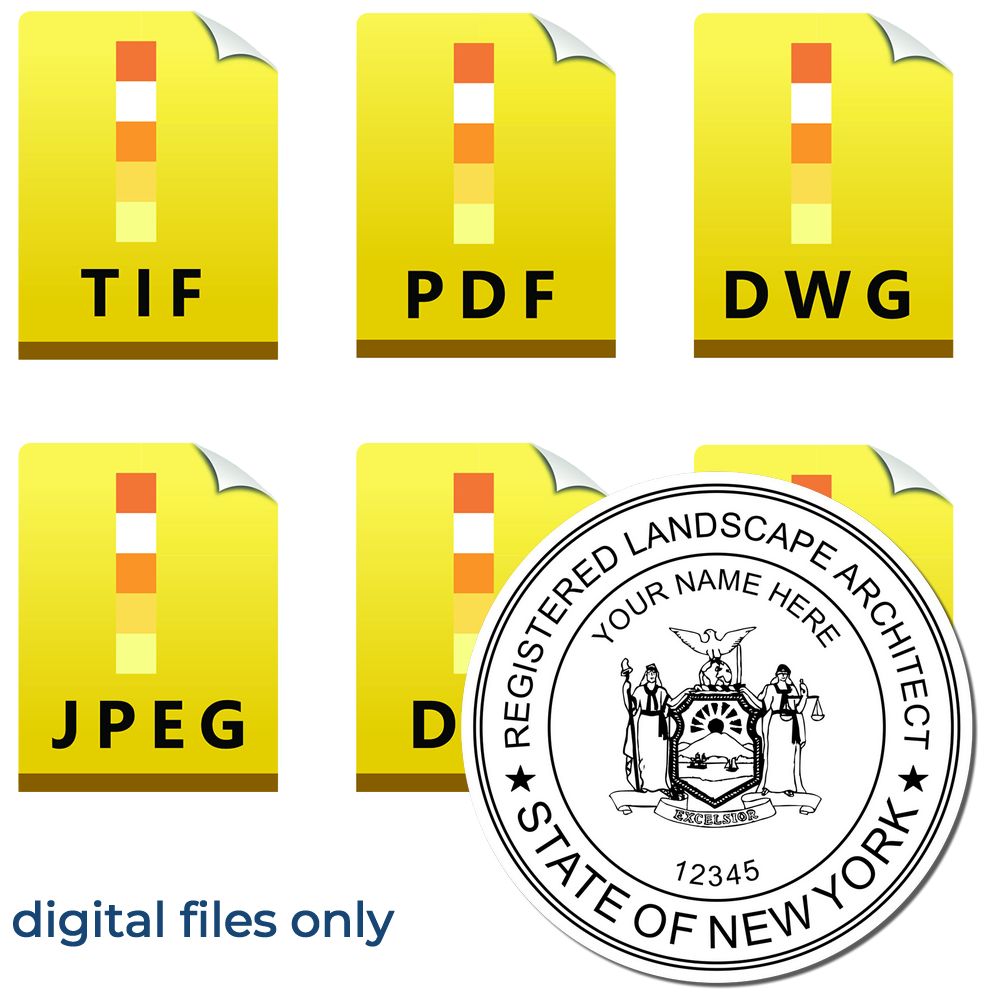
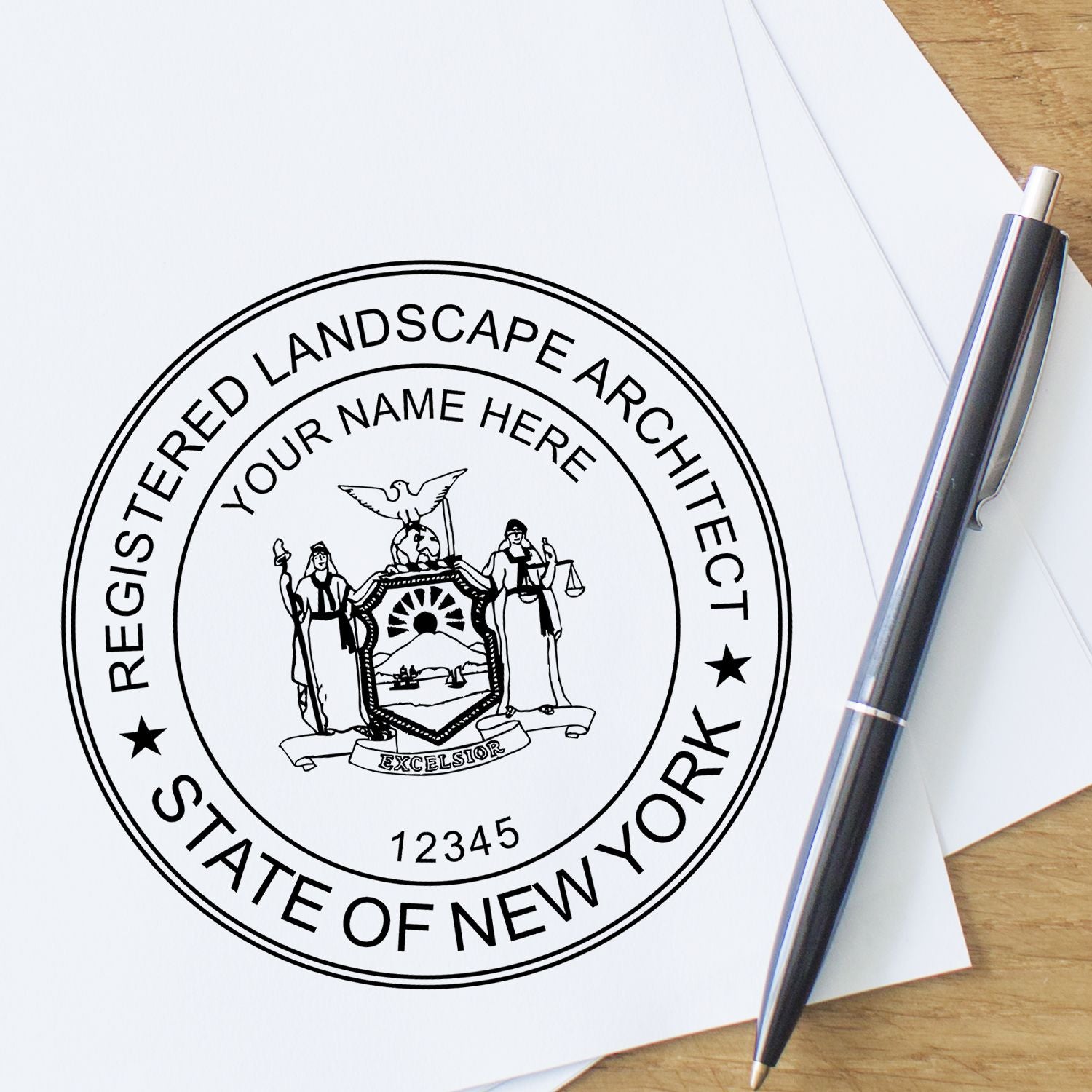
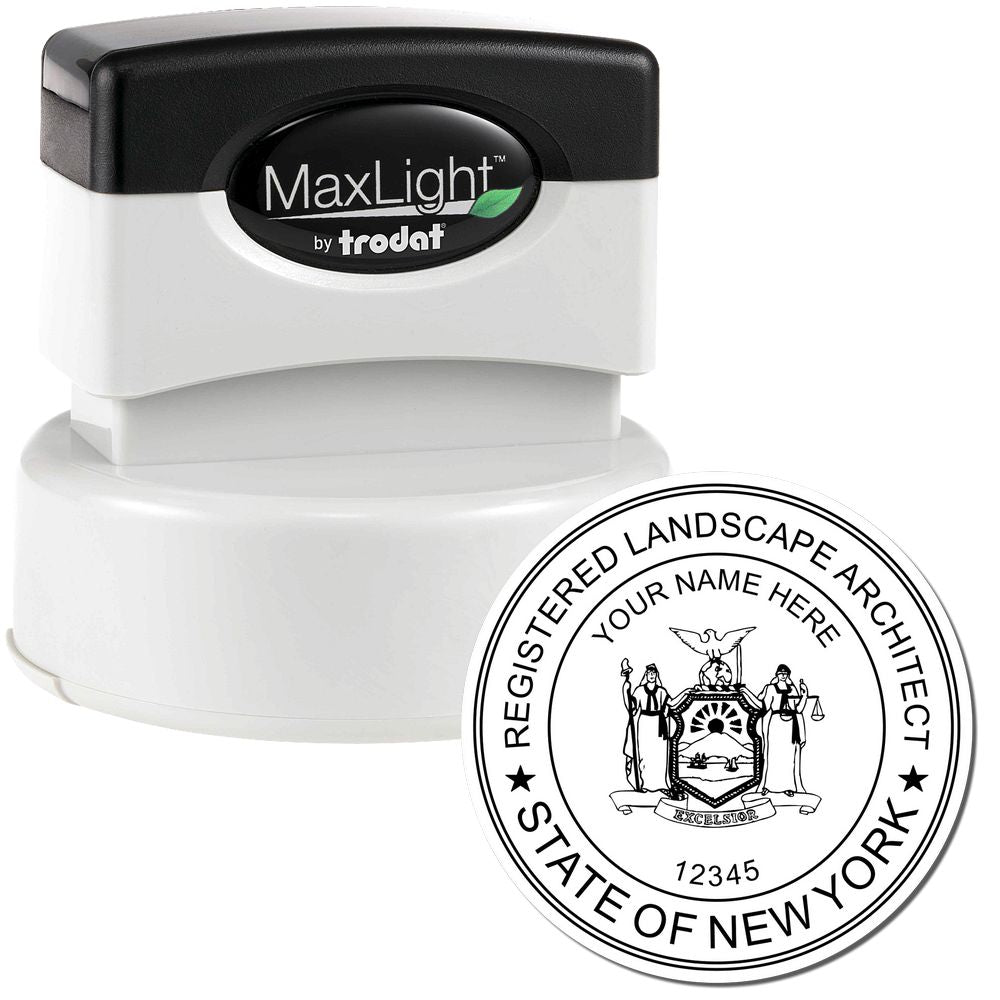
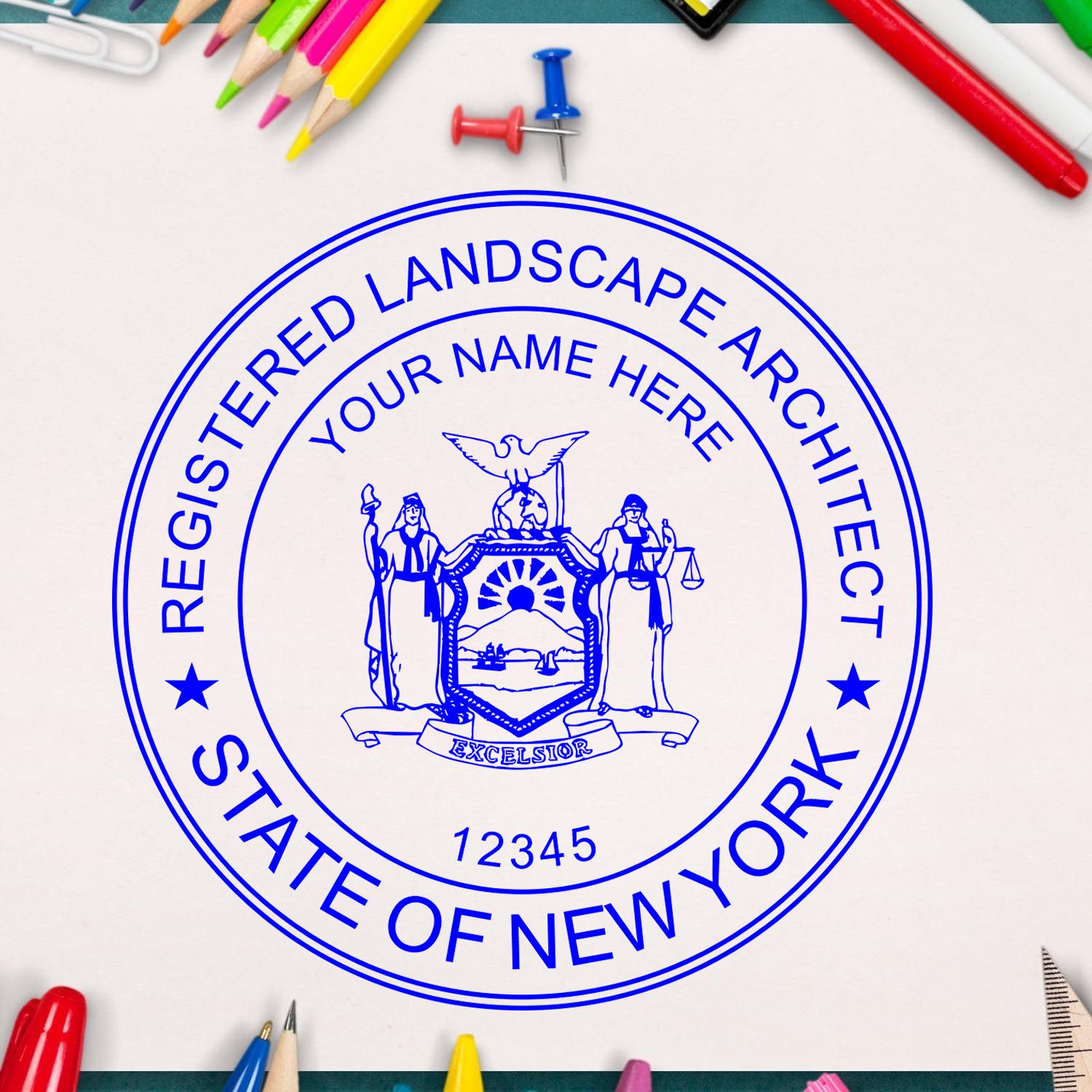
Architects in New York must adhere to the regulations set forth by the New York State Education Department's Office of the Professions (OP). The OP oversees the licensing and professional conduct of architects in the state, ensuring that they meet the necessary qualifications and uphold the highest standards of professional practice. It's crucial for architects to familiarize themselves with the specific laws and regulations governing the use of architect stamps in New York.
Consequences of Unauthorized Use or Misuse of Architect Stamps
The unauthorized use or misuse of architect stamps in New York can have serious consequences. It is considered a violation of the law and can result in disciplinary actions against both the individual using the stamp without proper authorization and the licensed architect whose stamp is being misused.
Architects who allow their stamp to be used by an unauthorized individual or fail to take appropriate measures to prevent its misuse may face disciplinary actions by the New York State Education Department. These actions can range from warnings and fines to suspension or revocation of their professional license.
Individuals who use an architect stamp without proper authorization, such as forging or altering the stamp, may face legal penalties, including fines and potential criminal charges. Misuse of architect stamps undermines the integrity of the profession and can compromise public safety, which is why New York has strict regulations in place to prevent such misuse.
To ensure compliance with the law and avoid any legal issues, it is essential for architects and individuals involved in architectural projects to understand and adhere to the regulations surrounding the use of architect stamps in New York. By obtaining the necessary licensure and using architect stamps responsibly, professionals can demonstrate their commitment to upholding the highest standards of architectural practice in the state.
For more information on New York architect stamps and their legal requirements, refer to our article on New York architect stamps and NY architect seal.
Obtaining a New York Architect Stamp
If you're an architect practicing in New York, it's essential to have a valid New York architect stamp to comply with the state's regulations. In this section, we'll explore where you can purchase these stamps and the factors to consider when choosing the right one for your needs.
Where to Purchase New York Architect Stamps
When it comes to purchasing New York architect stamps, it's important to choose a reputable provider that offers high-quality stamps that meet the state's requirements. There are various options available for purchasing these stamps:
-
Local Office Supply Stores: Some local office supply stores may carry architect stamps. However, it's crucial to ensure that the stamps they offer comply with the specific requirements of the New York architect stamp laws.
-
Online Retailers: Online retailers specializing in professional stamps and seals are a convenient option. They typically offer a wide range of options, including customizable stamps that can be tailored to your specific needs. However, it's important to verify that the online retailer is reputable and provides stamps that meet New York's requirements.
-
Professional Stamp Manufacturers: Working with professional stamp manufacturers is another reliable option. They often have extensive experience in producing architect stamps and can guide you in selecting the right stamp that complies with New York architect stamp laws. They may also offer additional services such as customization and quick turnaround times.
Remember to review the specific requirements outlined in the New York architect stamp laws to ensure the stamp you purchase meets all the necessary criteria. For more information on New York architect stamps, you can refer to our article on new york architect stamps.
Factors to Consider When Choosing a New York Architect Stamp
When selecting a New York architect stamp, consider the following factors to ensure it aligns with your professional needs:
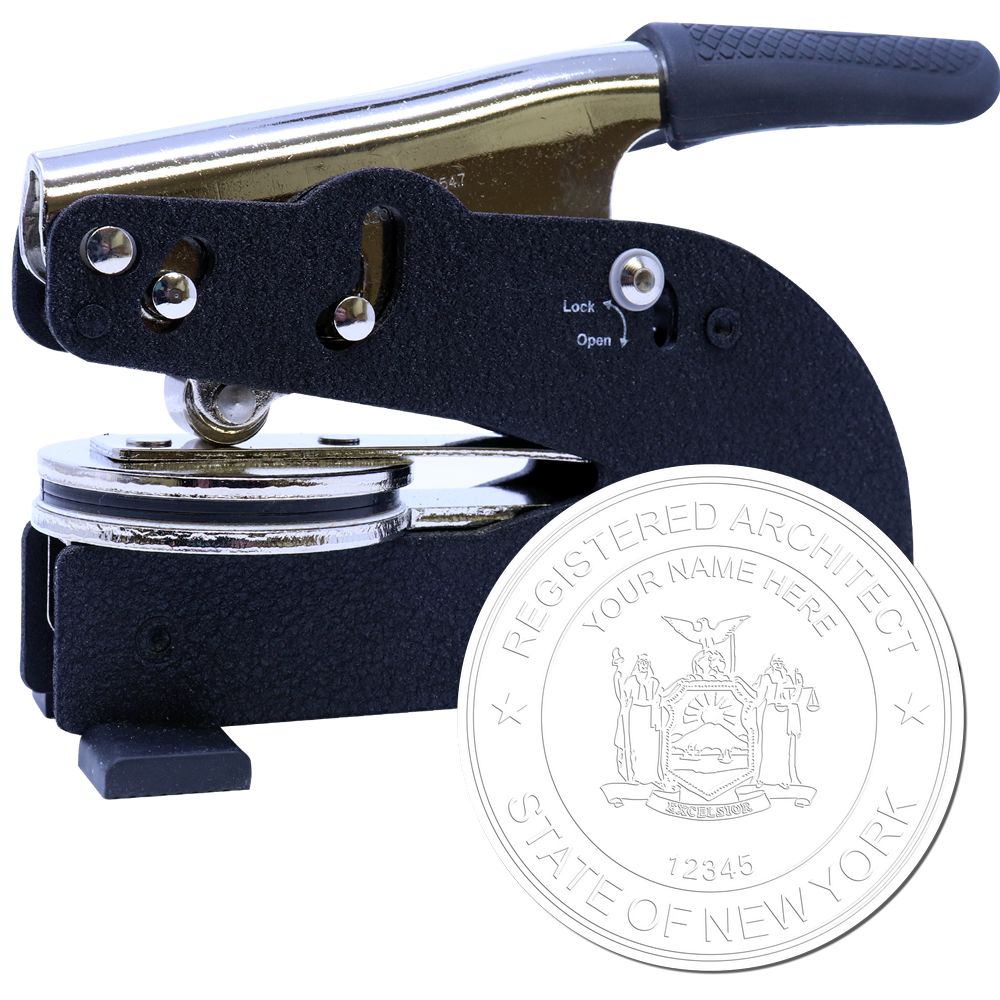
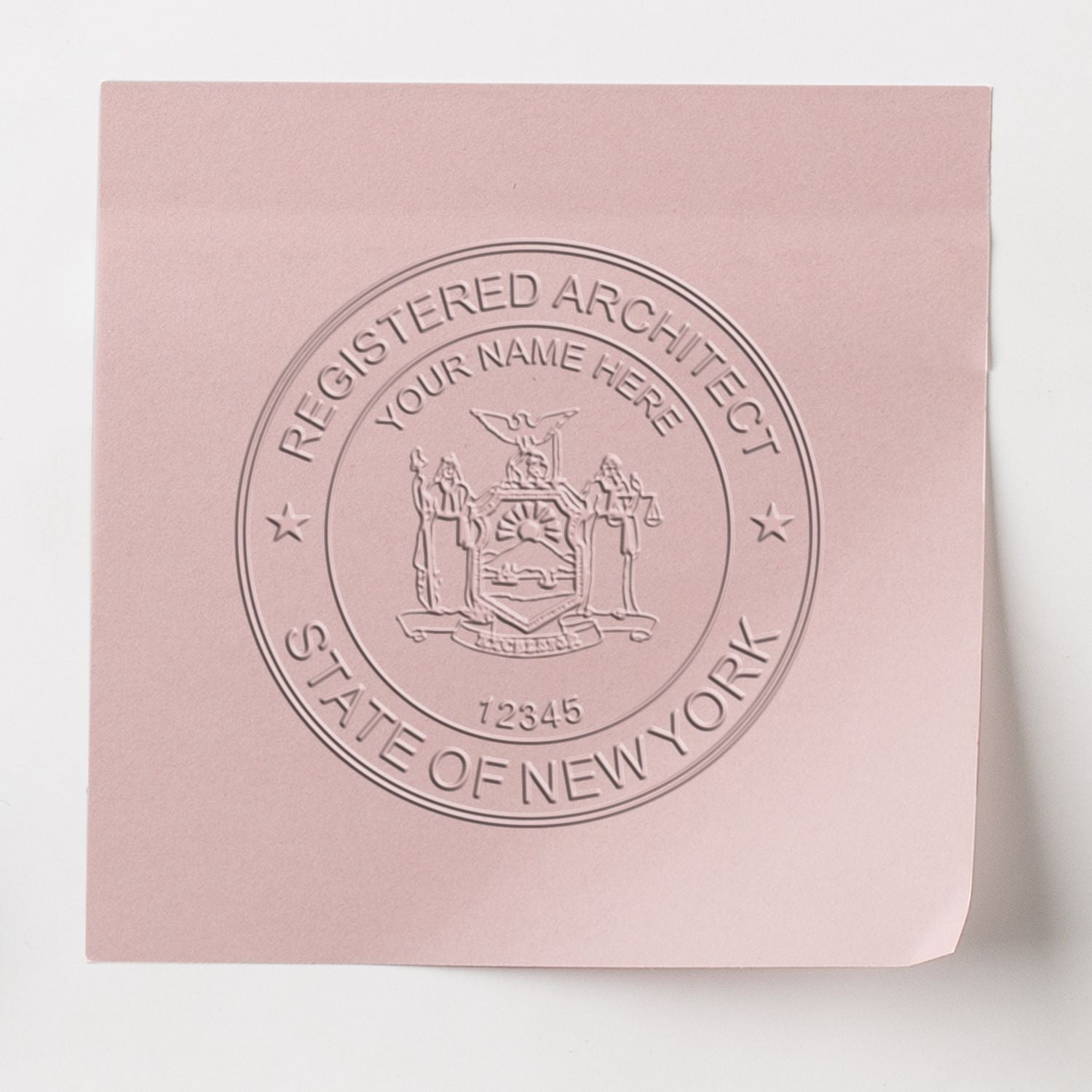
-
Size and Design: Choose a stamp size that allows for clear and legible imprints on your documents. Additionally, consider the design elements such as the inclusion of your name, license number, and any other required information. The stamp should comply with the design specifications outlined in the New York architect stamp laws.
-
Durability and Quality: Look for a stamp that is made from durable materials to withstand frequent use. High-quality materials ensure clear and consistent imprints, making your stamped documents easily recognizable and valid.
-
Customization Options: Depending on your preferences and requirements, you may want to consider stamps that offer customization options. This includes the ability to add your logo or additional information to the stamp design.
-
Compliance with New York Architect Stamp Laws: Ensure that the stamp you choose meets all the requirements set forth in the New York architect stamp laws. This includes the correct size, design specifications, and any other specific guidelines mentioned.
By considering these factors, you can select a New York architect stamp that meets the necessary requirements and aligns with your professional needs. Remember to review the New York architect stamp laws to ensure compliance and to maintain the integrity of your architectural documents.
About ESS
At Engineer Seal Stamps, we take pride in our expertise in creating custom rubber stamps, professional seals, and notary stamps that cater to the unique needs of engineers. Our company's commitment to delivering exceptional customer service has earned us a stellar reputation within the industry. Our team consists of highly skilled professionals with extensive knowledge in the stamp-making process, ensuring that each product we create meets the highest standards of quality.
We understand the importance of trust and confidence in our products, which is why we offer a state board guarantee on all our stamps. Our guarantee ensures that our stamps are compliant with state regulations, giving our customers peace of mind when it comes to their legal requirements. Additionally, we offer a quick turnaround on our products, ensuring that our customers receive their stamps in a timely manner, regardless of their location.
At ESS, we prioritize our customers' needs and go above and beyond to ensure their satisfaction. We take pride in our personalized approach to customer service, as we work with each customer to create a custom stamp that perfectly fits their needs. As a result, our customers can trust that they are receiving a stamp that not only meets their legal requirements but also represents the uniqueness of their profession. Overall, at Engineer Seal Stamps, our commitment to exceptional customer service, quality products, and quick turnaround sets us apart within the industry. We take pride in our work and strive to exceed our customers' expectations in every aspect of our business.

